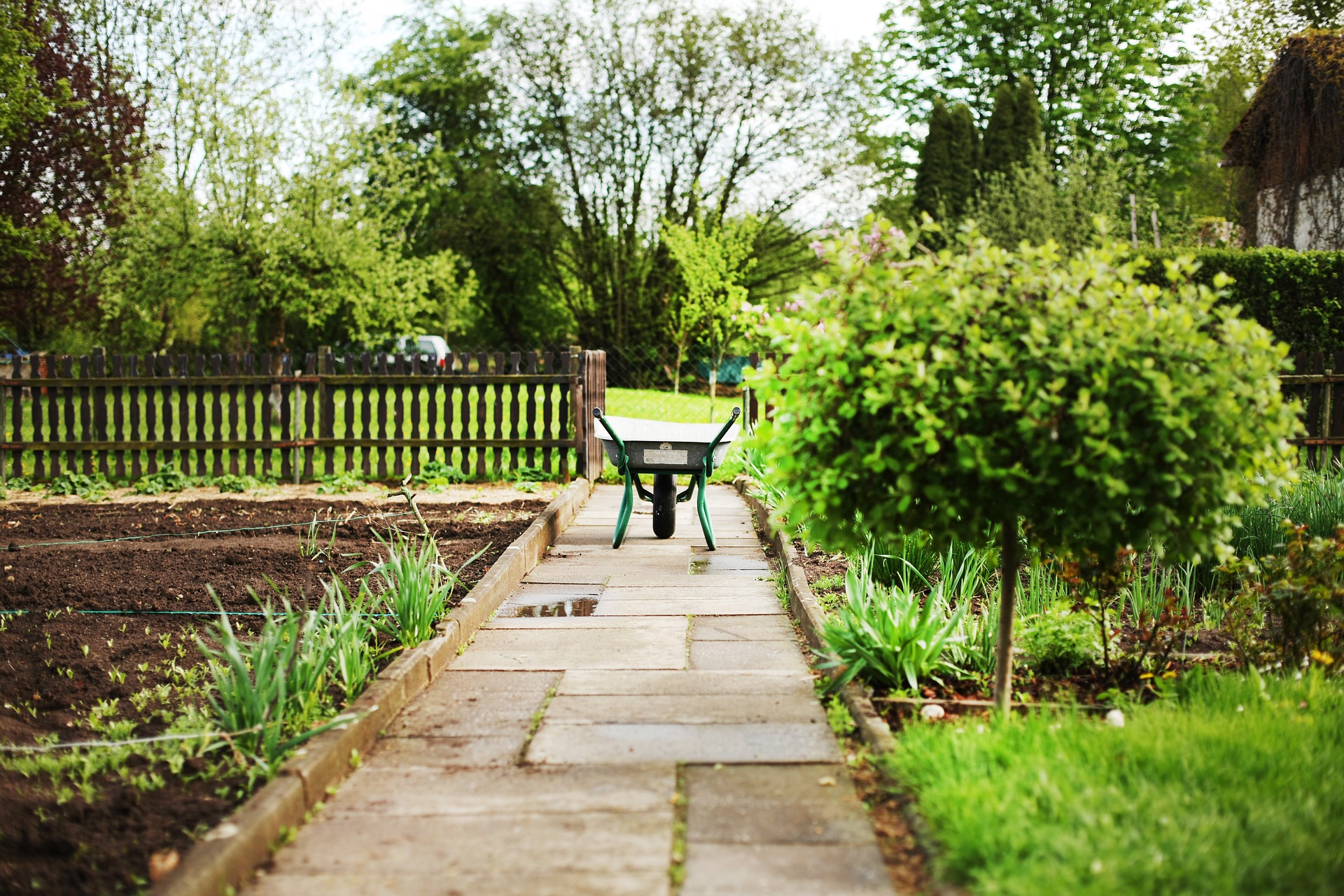Essential Gardening Tools: From Wood Chippers to Mulch
A well-equipped garden is about more than shovels and gloves — it’s about choosing tools that turn work into efficiency and waste into resources. A wood chipper sits at the center of that transformation, converting cut branches and yard waste into useful mulch. Understanding how a chipper fits with other gardening tools, how to operate it safely, and what to do with the resulting material will help you manage your garden more sustainably and keep beds tidy and healthy.

What does a wood chipper do in your garden?
A wood chipper reduces branches and woody debris into smaller chips or mulch, making cleanup faster and shrinking bulky waste volumes. Models range from small electric units suited to light pruning to larger gas or PTO-driven machines built for heavy limbs. Homeowners often use chippers to process trimmings from shrubs, small trees, and rose canes; landscapers use larger models to handle storm cleanup and property maintenance. Always read capacity specifications so you know the maximum branch diameter a chipper can handle to avoid jams and unsafe feeding.
How to handle branches safely
Handling branches safely begins before the chipper: inspect limbs for nails, wire, or other foreign objects that could damage equipment or become projectiles. Wear eye and ear protection, heavy-duty gloves, long sleeves, and closed-toe shoes. Cut branches into manageable lengths so they feed evenly; large-diameter wood may need to be split or further reduced before chipping. Never reach into the hopper while the machine runs and follow the manufacturer’s lockout procedures for clearing jams. Proper lifting technique for heavy logs will protect your back and reduce accidents.
Turning branches into mulch
Chipped wood makes versatile mulch when processed correctly. Fresh wood chips help suppress weeds, retain soil moisture, and moderate temperature fluctuations when applied around trees and in pathways. However, fresh chips can temporarily immobilize soil nitrogen as they decompose; to avoid nutrient tie-up in planting beds, compost chips first or mix them with nitrogen-rich materials. Particle size matters too: coarser chips are good for paths and erosion control, while finer material is better as a top dressing. Store chips in a dry area and rotate piles occasionally to promote even decomposition.
Managing yard waste effectively
A wood chipper is one piece of a yard-waste strategy that also includes composting, municipal green waste collection, and reuse. Leaves, small trimmings, and soft clippings often go into compost piles, while woody material becomes chip or mulch. Consider designating a corner of the property for brush piles to create habitat if municipal rules permit. For larger volumes, local services in your area sometimes offer pickup or drop-off sites for green waste. Efficient sorting — separating metal, non-organic debris, and large stumps — reduces processing time and keeps machinery in better condition.
Which garden tools complement a wood chipper?
Certain tools make chipper work easier and safer: loppers and pruning saws to reduce large branches, a bow saw for awkward cuts, and a pruning shear for fine work. A sturdy wheelbarrow or garden cart moves cut material to the chipper and spreads mulch afterward. Rakes, shovels, and a garden fork help distribute mulch and incorporate chipped material into compost. It’s also helpful to have spare protective gear and maintenance tools (wrenches, oil, replacement blades) on hand to keep the chipper running reliably.
A wood chipper can transform yard waste into a practical resource, but it’s most effective when integrated into a broader gardening routine that includes safe handling, appropriate tool choices, and thoughtful reuse. Using chipped wood as mulch or composted material reduces trips to disposal facilities, improves soil structure over time, and helps close the loop in garden maintenance. Staying mindful of machine capacity, species-specific considerations (some woods or treated material shouldn’t be chipped), and local yard-waste regulations will ensure that chipper use benefits both your garden and the environment without introducing unnecessary risk.






